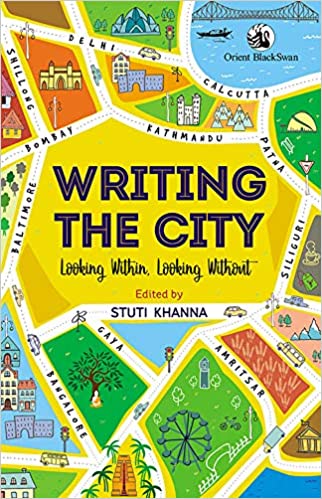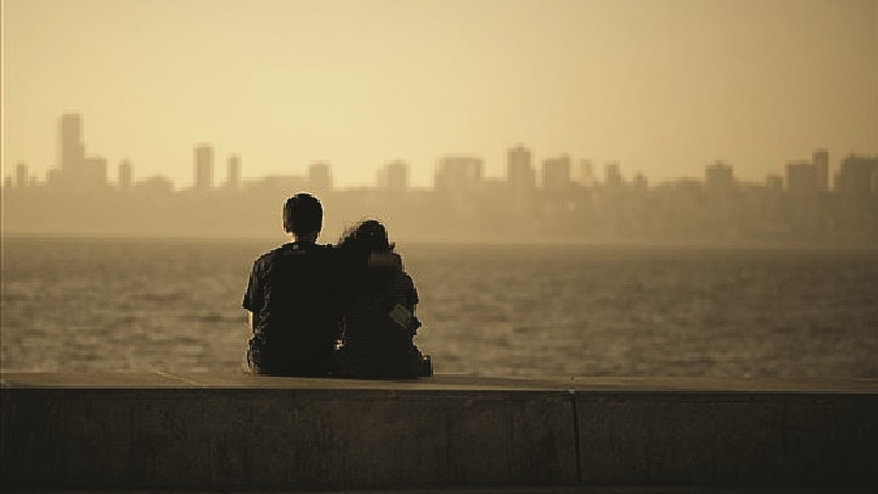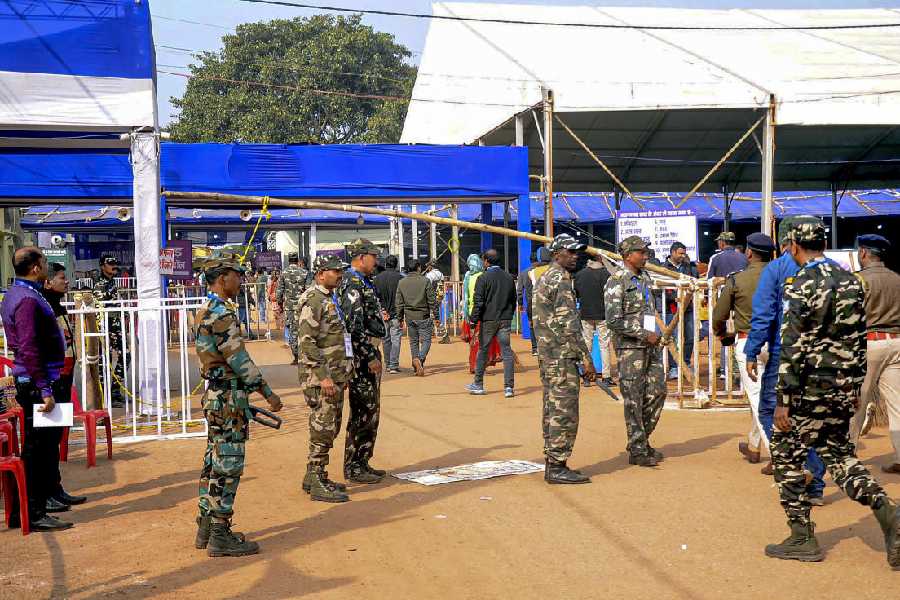Book: Writing the City: Looking Within, Looking Without
Editor: Stuti Khanna
Publisher: Orient BlackSwan
Price: Rs 750
Most urban dwellers inhabit their city like a second skin. It’s taken for granted and yet the tactile surface mediates our sense of the world. We scratch at the itch of new stimuli even as we silently shed countless cells of old associations. Subcutaneous tumult erupts in rashes of violence and the running sores of injustices. Like skin, our cities contain us and define our contours; yet we are so much more than them.
The editor, Stuti Khanna, asked the writers in this slim volume to step outside their skins and look at how urban places are “so much more than mere settings” and are, in fact, “constitutive of the shape and meaning of a literary work”. This daunting task is made easier for the 14 authors of Writing the City because they (all but one) have sloughed off one layer of attachment by migrating elsewhere. Looking back, from a distance, allows them to examine their moult and what it has meant for their novels, short stories and poetry.
Zac O’Yeah, the crime fiction writer from Sweden who settled in Bengaluru, is the breeziest of these narrators. A lot of beer gets drunk as he bends his amiable way through the story of how he decided that Bengaluru needed a detective of its own. His hero, Hari Majestic, takes his name from an old movie theatre in the rundown area near the railway station. O’Yeah’s affection for the place comes together with painstaking research into what makes it tick.

Writing the City: Looking Within, Looking Without, edited by Stuti Khanna, Orient BlackSwan, Rs 750 Amazon
Manju Kapur, too, emphasizes research as key to situating her novels. She can imagine Delhi, Lahore or Amritsar in the past more richly for having trawled through the archives, talked to people, and taken pictures of places. For Anjum Hasan, that inward eye opens when the other senses are lulled by the familiar rhythm of a city going about its business. In her mind, Hasan might be in Shillong where her stories are set, but it’s the cadence of her steps as she walks in her Bengaluru neighbourhood, wearing silence like a shawl and watching daily routines unfold, that creates reflections.
Hasan’s meditative essay and the one by Amitabha Bagchi are notable in their refusal to treat the city as ‘a character’ in their work. This phrase, a favourite of reviewers, doesn’t fit the organic relationship between inhabiting and writing that Hasan and Bagchi describe. Delhi is palpably present in Bagchi’s books but expressed through the lives that people lead, not through thick description or self-conscious cartography.
While essays like these insightfully examine the craft of writing, most contributors to Writing the City focus only on their own journeys. Siddharth Chowdhury wryly recounts growing up in Patna with writerly ambitions, and how he concocted a literary lineage for his city, drawing Vikram Seth, Upamanyu Chatterjee and Arundhati Roy into an idiosyncratic family tree. Tabish Khair chafes against the stereotype of small-town provincialism by showing Gaya’s cosmopolitan roots. However, for several contributors to this volume, small places were indeed experienced as limiting; that is why they left. Stumbling into literature by reading whatever came to hand, borrowing books and burrowing into their worlds, several writers recall the thrill when their minds soared far beyond their circumstances. And having followed their imagination with their feet, writers keep turning and looking back — Samrat Upadhyay at Kathmandu and Saikat Majumdar at Calcutta — still feeling the tug of places that left the earliest and deepest impressions.
The essays in Writing the City are most rewarding when one has read the authors’ other works. However, a few of them also made me want to read more and that is the nicest compliment one can pay to their authors.










